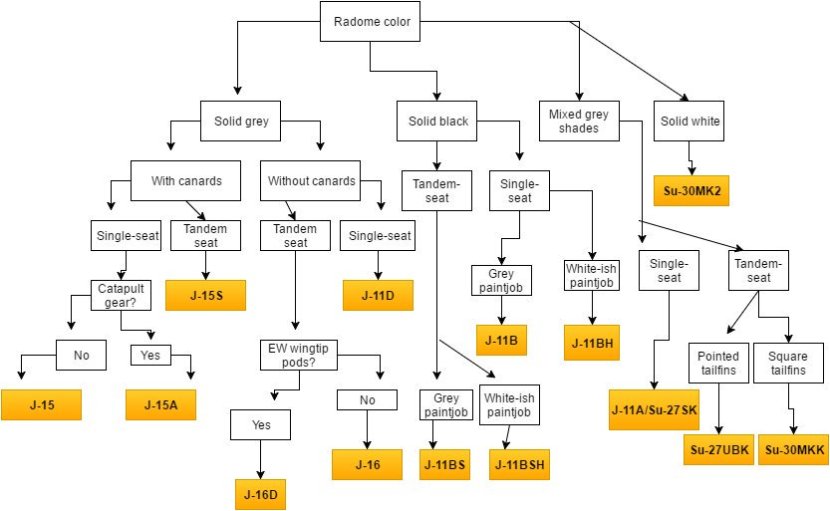Why is it always assumed that range is always scalable with nez. It does not automatically mean that a 200 KM BVR will be as effective at 100 KM as a good missile with a range of 100 km and a NEZ of around 30-50 kms. More the range more the time for evasive manoeuvres. It just doesn't make sense to directly compare missiles in such a manner.
Actually it does.
Also, evasive manoeuvres can only be done in the final phase. Until then whatever you do is useless since the correction needed for the missile from a long distance is very tiny.
It's basic physics. If you are looking at a bus going by while you are standing by the roadside, then you will need to turn your neck in order to keep the bus within your viewing angle. But if you are hundreds of meters away and looking at a bus go by, you only need to make minor corrections with your eyes in order to keep the bus within your viewing angle.
The radar is going to provide all the targeting needed until the missile is able to turn on its own seeker and track the missile. And modern 200Km missiles are such that they have a second pulse that will allow them to boost once more during the end game so they are at their fastest at that point. The current MICA is incapable of doing that.
Point being, regardless of a shot being taken from 50Km or 150Km, the end game remains the same. With the 150Km missile entering the end game with more energy due to its superior technology.
The only advantage the enemy really can have is more time to employ ECM. But I don't think there's going to be much of a difference between a 50Km shot versus a 150Km shot, since if the bad guy's ECM works, then it will work within the first few seconds anyway. In fact with system of systems type network coming into play, a 150Km shot will actually have more opportunities for corrections once your radar is able to regain track during the
tu tu mein mein game between the enemy's ECM and your ECCM. You can even hand over your missile to another radar during the engagement if your own radar becomes compromised.
This is something really important:
From the perilous deck of an aircraft carrier, Pierre-Henri ‘Até’ Chuet took the Dassault Rafale M into combat in Iraq. We spoke to him to find out more about the Rafale, a remarkable …

hushkit.net
It’s a great aircraft at high level, but we’re not dumb enough to try to fight Typhoons at 50,000 feet or 45,000 feet. We’re going to put them outside their comfort zone. Against devious tactics. Now if you want to rate a Typhoon with AMRAAMs against a Rafale at 50,000 ft, then, yeah, Typhoon is going to have better performances for sure. But as a Rafale pilot, I’m stupid if I take him on like that, so I’m going to move the combat a bit. I’ll fake a combat at 50,000 feet and I’m going to send a guy sneakily low level to surprise the Typhoon, it’s more easy than you think!”
Which is why, if you have an inferior missile, all you have going for you is tactics. In comparison our M2000 pilots have an inferior missile and radar package compared to the Rafale, which is a problem since the Rafale cannot compete at altitude against similar tech level with the Typhoon. Do note that the Typhoon has the Aim-120C7 and not the D. So even the 40Km additional range of the C7 is a pretty big advantage over the MICA, never mind the 100+ Km advantage the PL-15 is going to bring to the table. In simple terms, we can't get into a straightforward shooting match with the Chinese with our current crop of weapons and radars.
The only thing going in our favour right now is superior EW capabilities on our aircraft. As mentioned in the interview, the M2000 may be able to stay undiscovered due to its superior EW and move in at a low level while the MKIs distract the Chinese Flankers. But then the issue will be Chinese SAMs. So, we will be able to successfully play this tactic only when playing defence.
The IAF most definitely needs a bigger stick, which is why we are going for the I-Derby ER upgrade.





